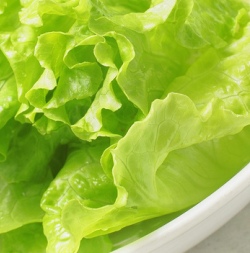A pesticide is any substance or mixture of
substances used to destroy, suppress or alter the life cycle of any pest. A
pesticide can be a naturally derived or synthetically produced substance. A
pesticide can also be an organism, for example, the bacterium Bacillus thuringiensis
which is used to control a number of insect pests, or even a genetically
modified crop. Pesticides include bactericides, baits, fungicides, herbicides,
insecticides, lures, rodenticides and repellents. They are used in commercial,
domestic, urban and rural environments. Pesticides are unique among toxic
substances. Most environmental toxins are an unwanted byproduct of another
process (for example, outflow from a manufacturing plant or emissions from an
automobile engine). Pesticides are chemicals designed to be harmful to a target
pest and purposely introduced into the environment to do their job of managing
insects, bacteria, weeds, rodents, or other pests.
Pesticides can be toxic to humans and lower
animals. It can take a small amount of some toxins to kill. And other toxins
that are slower acting, may take a long time to cause harm to the human body.
Pesticide production can be dangerous, too.
One disaster at a pesticide manufacturing plant was in Bhopal, India. The plant
accidentally released 40 tons of an intermediate chemical gas, methyl
isocyanate, used to produce some pesticides. In that disaster, nearly 3,000
people were killed immediately, overall approximately 15,000 deaths occurred.
Today nearly 100,000 people suffer from mild to severe permanent damage as a
result of that disaster. In China, it's estimated that 500,000 people suffer
pesticide poisoning annually, and some 500 of them die.
Impact of pesticide on agriculture is showing a negative result, which would affect the soil over all productivety.
Refer to: http://seedbuzz.com/knowledge-center/article/impact-of-pesticides-use-in-agriculture
Impact of pesticide on agriculture is showing a negative result, which would affect the soil over all productivety.
Refer to: http://seedbuzz.com/knowledge-center/article/impact-of-pesticides-use-in-agriculture






